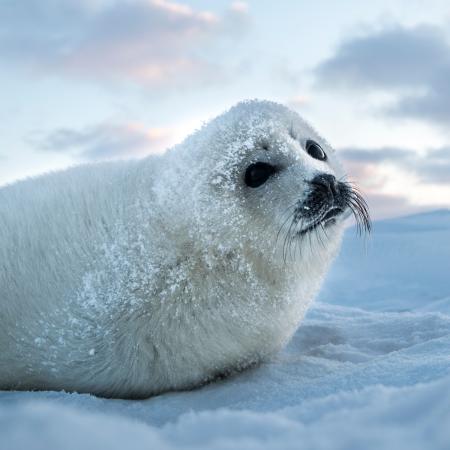A Conservation Success Story With Complications: The Complex Return of Seals
Alix Morris’s new book, A Year with the Seals, explores the unintended consequences of seal recovery in North America—a conservation win that has sparked growing tensions between humans and marine life.
The story begins with Hoover, a famously talkative harbor seal who charmed visitors at Boston’s New England Aquarium in the 1970s and ‘80s. Rescued as an orphaned pup by a Maine fisherman, Hoover became a sensation for his uncanny ability to mimic human speech. But Morris’s book isn’t just about charming marine mammals—it’s about the messy reality of wildlife recovery.
Once hunted to near extinction, gray and harbor seals have rebounded since the 1972 Marine Mammal Protection Act. Yet their resurgence has fueled conflicts, particularly with fishermen competing for dwindling fish stocks. In Washington’s Puget Sound, the Puyallup Tribe struggles to maintain salmon harvests amid rising seal and sea lion populations. Meanwhile, in New England, booming shark numbers—linked to seal recovery—have unnerved coastal communities, even as fatal shark attacks remain rare.
Morris also highlights well-intentioned but harmful human interactions, such as tourists harassing seals for selfies—a violation of federal law that can stress or even kill vulnerable pups. She navigates the divide between seal advocates and critics, showing how economic disparities shape conservation debates. Fishermen, often the loudest opponents of seal protections, are also among the first to report stranded seals in need of rescue.
Ultimately, Morris doesn’t offer easy solutions. Instead, she reframes the debate: The challenge isn’t controlling nature, but managing human behavior. A Year with the Seals is a thought-provoking look at what happens when conservation works—and why success is rarely simple.

